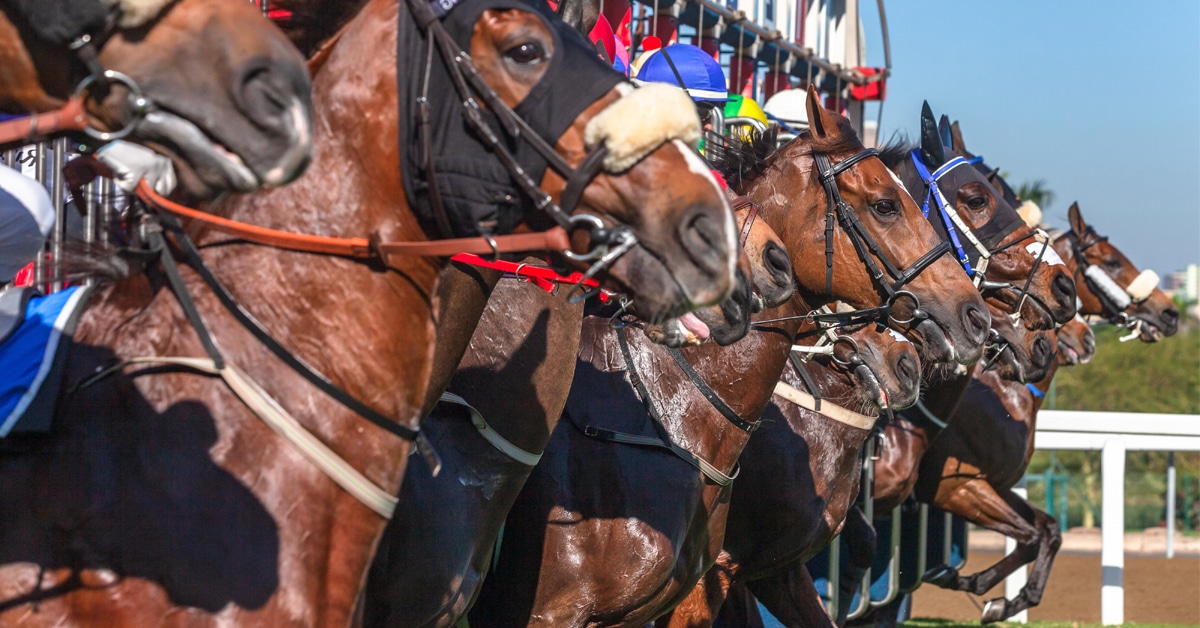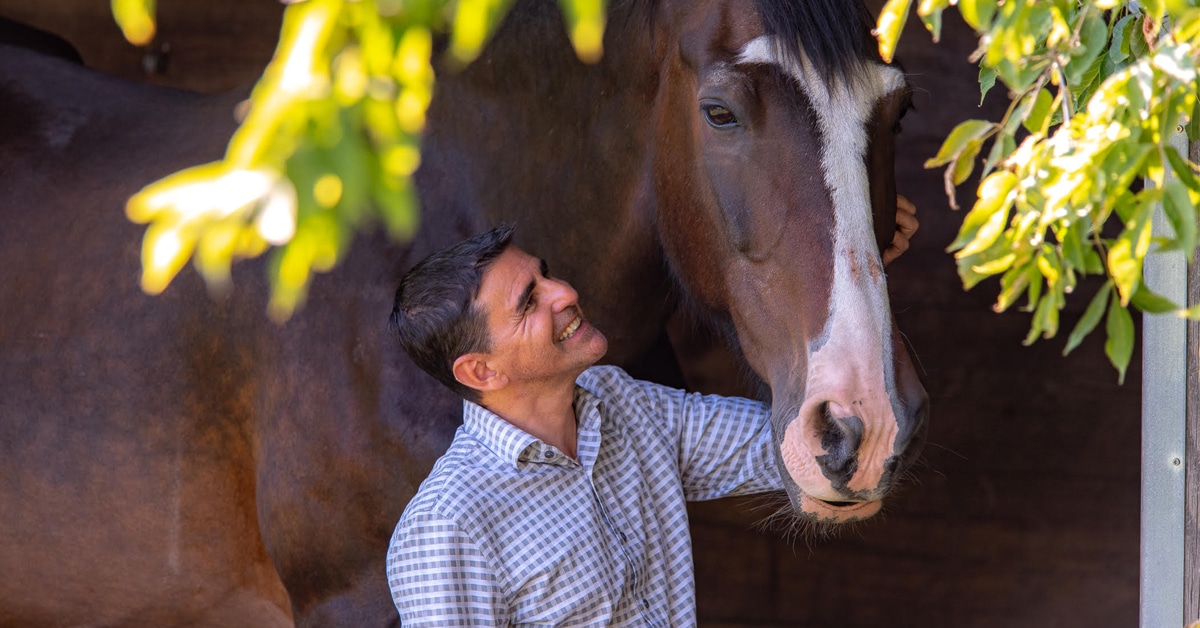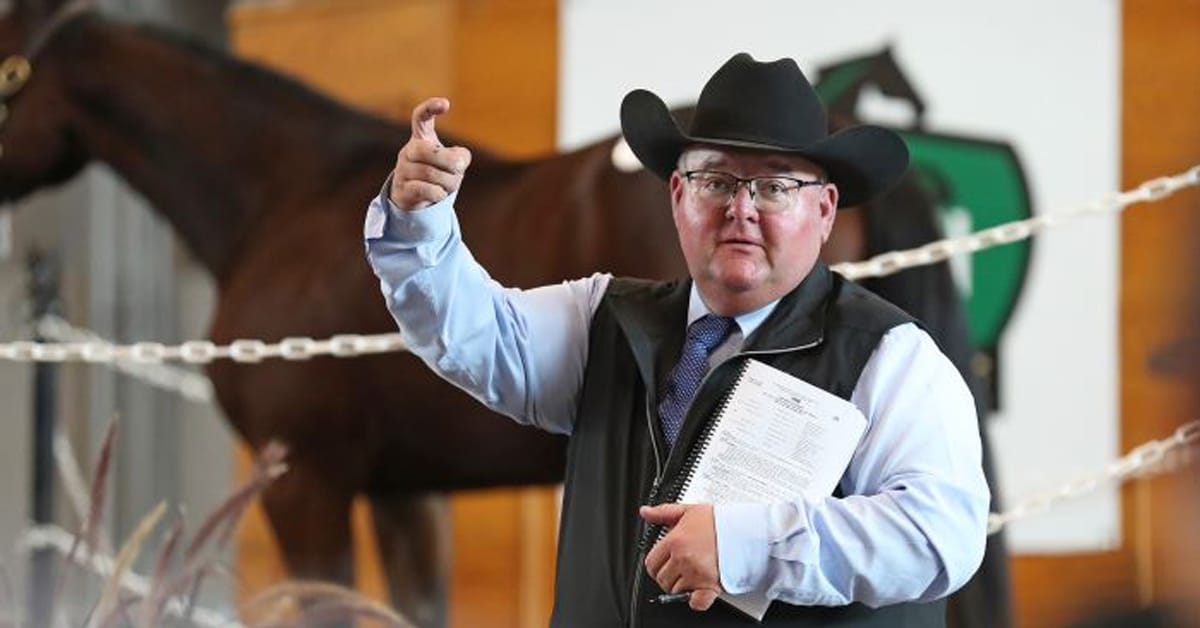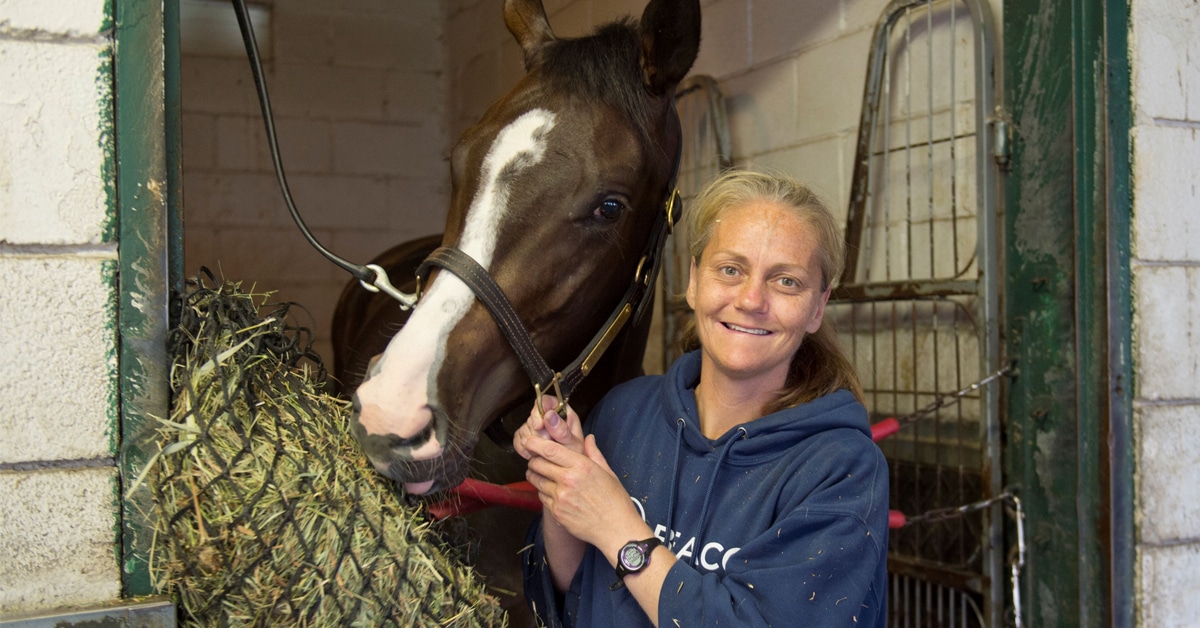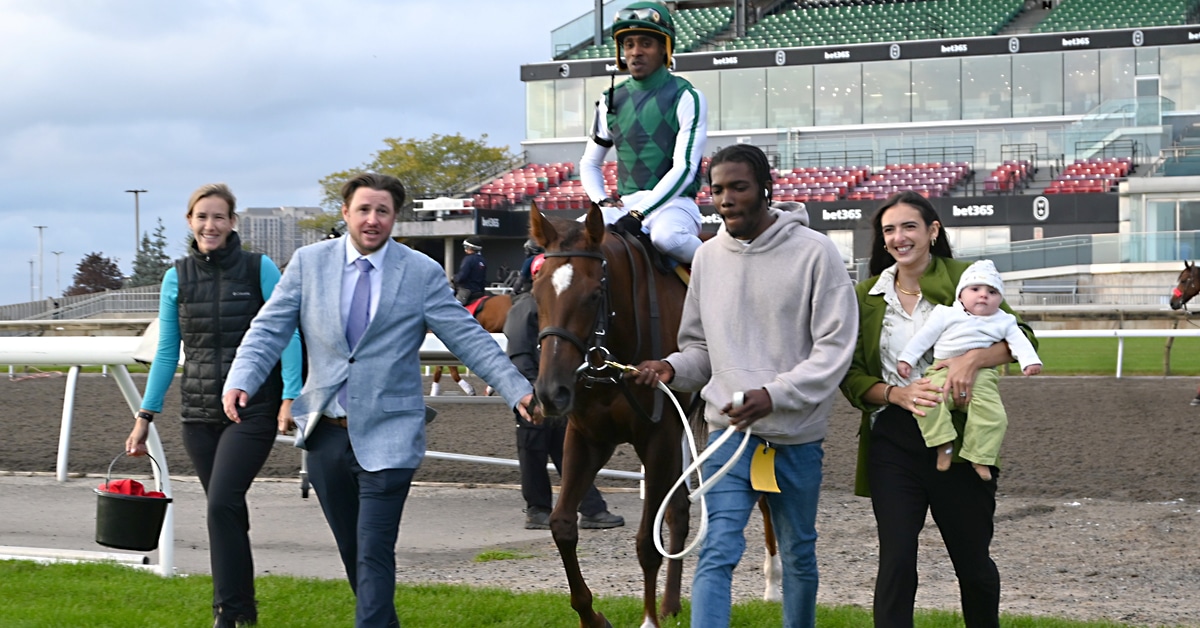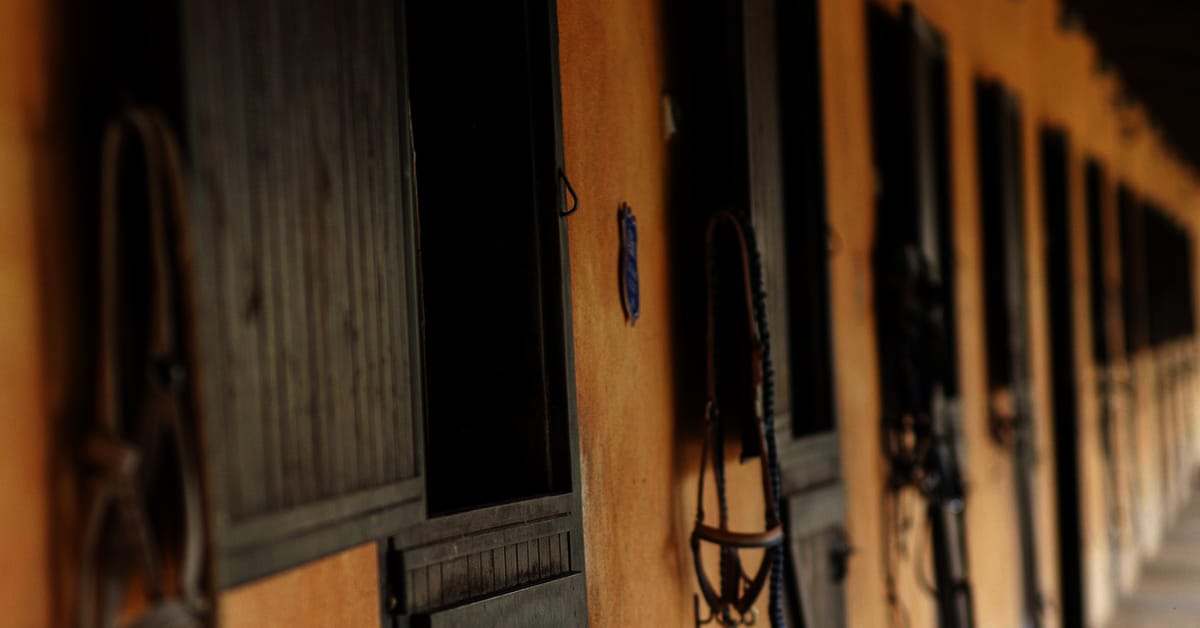The Canadian thoroughbred industry generates over $5.7 billion annually in economic activity. Understanding the complete economic picture is essential for potential and current owners looking to make informed decisions in today’s competitive racing environment.
Understanding the Investment
The initial investment for thoroughbred acquisition varies dramatically based on pedigree, conformation, and intended purpose. In 2025, first-time buyers seeking a safe, experienced horse typically invest between $3,000 to $5,000 for grade (unregistered) horses. Those pursuing thoroughbreds with advanced training or specific abilities should expect to pay considerably more, ranging from $5,000 to upwards of $20,000. Before finalizing any purchase, a pre-purchase veterinary examination costing approximately $500 is essential to avoid costly health surprises later.
Many serious bettors and owners use platforms with promotions like the betano bonus code to place strategic wagers on their own horses as an additional revenue stream and hedging mechanism against training and entry expenses, particularly when confidence is high about performance prospects.
Beyond the Purchase Price
Breeding programs constitute another major investment channel into thoroughbred ownership. Current stud fees for reputable stallions average around £1,000 plus VAT, though this figure varies significantly based on the stallion’s racing record and offspring performance. Artificial insemination, now the predominant breeding method for sport horses, incurs veterinary costs of £275-450 plus VAT for the first cycle.
Mare owners must also factor in stud boarding fees if natural covering is utilized or if specialized veterinary monitoring is required. These costs compound dramatically when mares don’t conceive in the first cycle, potentially extending their stay at breeding facilities for three to four months.
Daily Rates and Variables
Training expenses represent the most consistent ongoing financial commitment for racing thoroughbred owners. Daily training rates range from $50 at smaller regional tracks to $120 at premier racing venues, varying based on location, purse structures, and trainer expertise. Veterinary care constitutes another significant variable expense, with approaches ranging from aggressive treatment protocols exceeding $700 monthly per horse to more moderate approaches averaging $300-$600 monthly.
Farrier services, required every 2-4 weeks for racing thoroughbreds, further add to the operational budget. Transportation expenses for both horses and trainers when competing at different venues can substantially impact the overall racing campaign budget, particularly for owners competing across multiple jurisdictions.
Strategic Risk Management in Thoroughbred Investment
Risk management strategies are crucial for protecting thoroughbred investments. Many owners employ comprehensive equine insurance policies covering mortality, major medical, and loss of use. Some investors spread risk through partnership structures or racing syndicates rather than assuming sole ownership. Strategic race placement also functions as risk management, as running horses in appropriate class levels maximizes earning potential while minimizing injury risk.
Performance, Breeding Value, and Resale Potential
Return on investment in thoroughbred ownership varies dramatically based on acquisition costs, operational expenses, and racing performance. Professional trainers with proven turf records can deliver a positive ROI of +0.59 on $2 standard wagers, meaning every $2 invested returns an average of $2.59. However, even successful trainers might produce negative returns (-0.11 ROI) under specific conditions, such as horses returning from layoffs.
For owners, positive ROI scenarios typically require either exceptional racing success generating substantial purse earnings, breeding value appreciation, or successful resale of improved horses.
The economic fundamentals of thoroughbred ownership demand careful financial planning, realistic expectations, and strategic decision-making at every stage. While the potential for significant returns exists, thoroughbred investment should be approached primarily as a passion pursuit with business discipline rather than purely as a profit-generating venture.
The Latest
